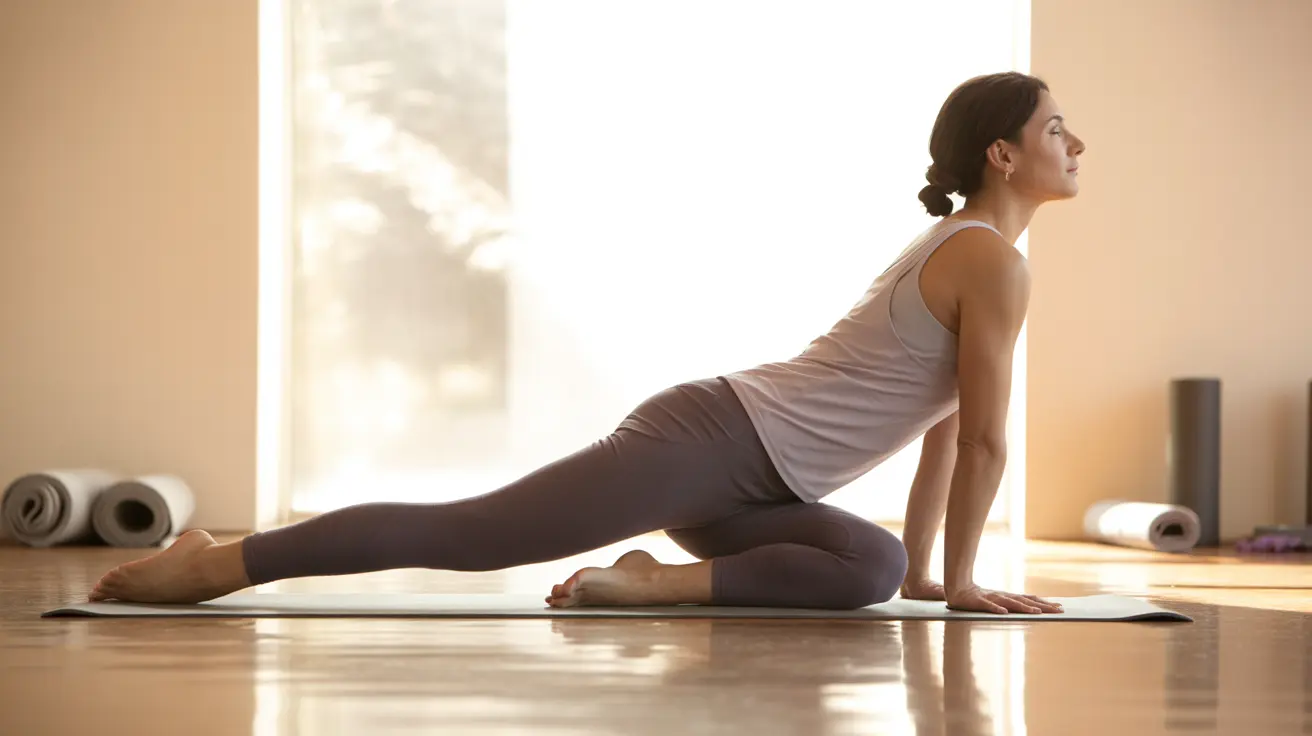Properly stretching your inner thigh muscles, also known as the adductors, is crucial for maintaining flexibility, preventing injuries, and improving overall mobility. Whether you're an athlete, fitness enthusiast, or someone who sits for long periods, understanding how to stretch your inner thighs correctly can make a significant difference in your physical well-being.
This comprehensive guide will walk you through effective inner thigh stretching techniques, proper timing, and safety considerations to help you achieve optimal results while avoiding injury.
Understanding Your Inner Thigh Muscles
The inner thigh muscle group consists of several adductor muscles that work together to pull your legs toward the midline of your body. These muscles play a vital role in activities like walking, running, and maintaining balance.
Key muscles in this group include:
- Adductor longus
- Adductor magnus
- Adductor brevis
- Gracilis
- Pectineus
Essential Inner Thigh Stretching Techniques
Butterfly Stretch
This classic stretch effectively targets the inner thigh muscles while being gentle on your joints:
- Sit on the floor with your back straight
- Bring the soles of your feet together
- Hold your feet with your hands
- Gently press your knees toward the ground
- Hold for 30-45 seconds
Standing Adductor Stretch
This stretch is excellent for those who prefer standing exercises:
- Stand with feet wider than shoulder-width apart
- Shift your weight to one side
- Bend the knee of your weighted leg
- Keep the other leg straight
- Feel the stretch in the inner thigh of the straight leg
- Hold for 30 seconds on each side
Proper Timing and Frequency
The timing of your stretches can significantly impact their effectiveness and safety. For best results:
- Perform dynamic stretches before exercise
- Save static stretches for after your workout
- Stretch at least 3-4 times per week
- Hold each stretch for 30-45 seconds
- Repeat each stretch 2-3 times per session
Safety Guidelines and Best Practices
To maximize benefits and prevent injury while stretching your inner thighs:
- Never bounce or force the stretch
- Stop if you feel sharp or intense pain
- Breathe steadily throughout each stretch
- Maintain proper posture and alignment
- Start slowly and gradually increase intensity
Frequently Asked Questions
What are the best ways to stretch the inner thigh muscles safely and effectively?
The most effective inner thigh stretches include the butterfly stretch, standing adductor stretch, and seated wide-leg forward fold. Always start gradually, maintain proper form, and avoid bouncing or forcing the stretch beyond your comfort level.
When should I do inner thigh stretches—before or after exercise?
Perform dynamic stretches before exercise to warm up the muscles, and save static stretches for after your workout when muscles are warm and more pliable. This timing helps prevent injury and maximizes the benefits of stretching.
How can stretching the inner thigh help prevent injuries and improve flexibility?
Regular inner thigh stretching increases range of motion, improves muscle elasticity, and reduces muscle tension. This enhanced flexibility helps prevent strains, pulls, and other common injuries while improving overall athletic performance.
What are some simple inner thigh stretches I can do at home without equipment?
Several effective stretches require no equipment, including butterfly stretches, standing adductor stretches, and seated wide-leg forward folds. These can all be performed safely at home with just your body weight.
How do I avoid pain or injury while stretching my inner thighs?
To prevent injury, always warm up before stretching, avoid bouncing, listen to your body's limits, and maintain proper form. Stop immediately if you feel sharp pain, and progress gradually with your stretching routine.
Remember, consistency and proper form are key to achieving lasting flexibility and preventing injury. Start slowly, stay patient, and make inner thigh stretching a regular part of your fitness routine for the best results.




